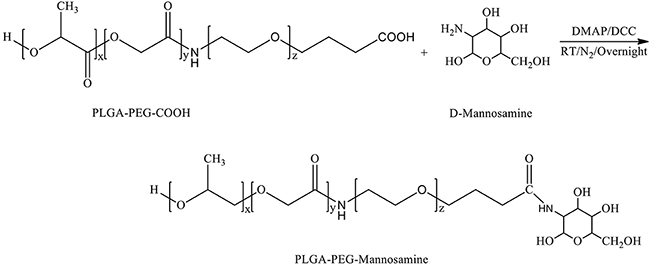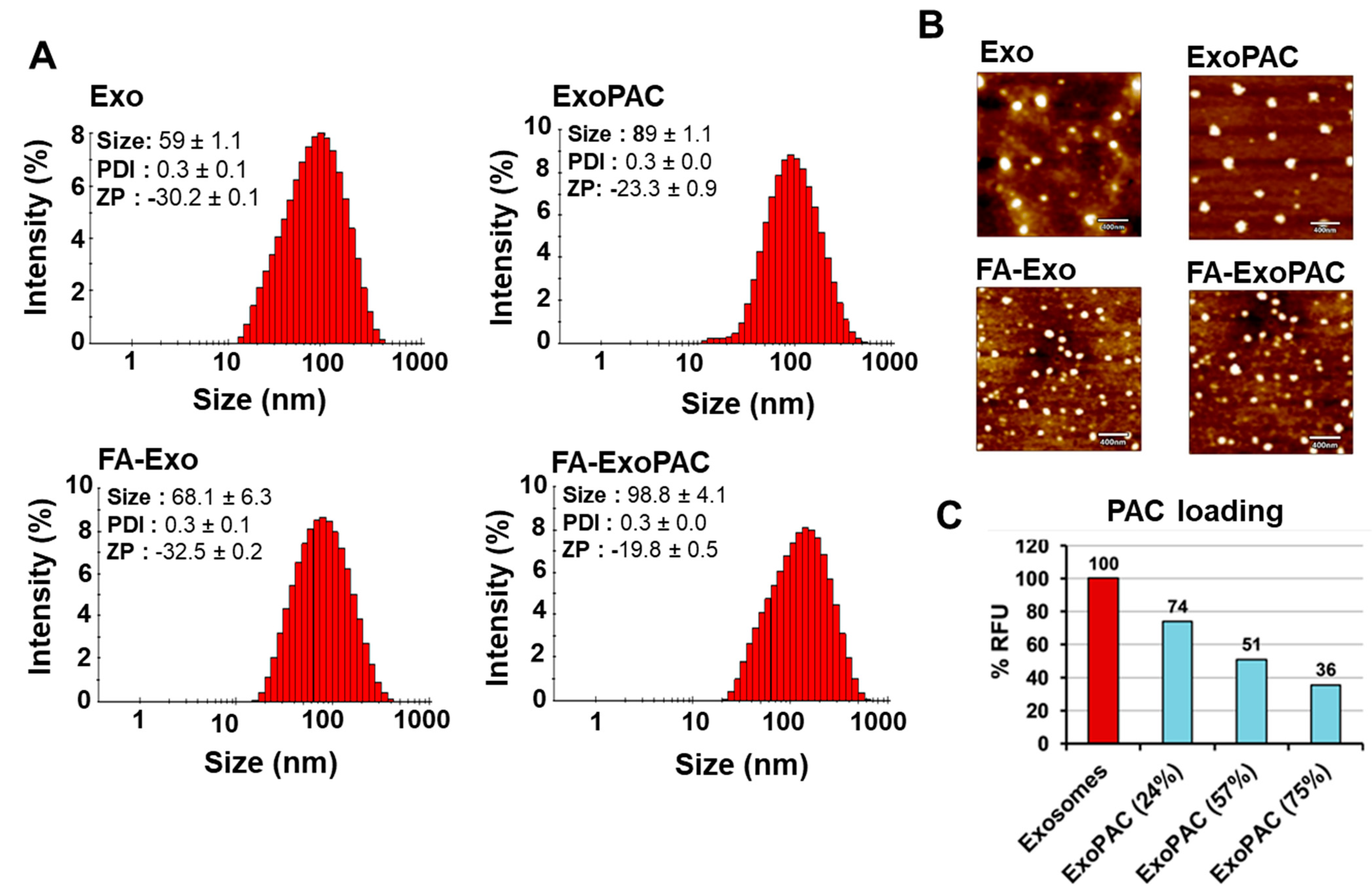

Solvent plays an important role in nanoparticle growth and assembly in colloidal synthesis process. Thus, attention is given to overcome these limitations of Turkevich method by optimizing the reaction medium which significantly control the properties of solvent. Furthermore, in a pure aqueous medium, labeling of GNPs by organic drug molecules and surface modification with different ligands are difficult due to the less solubility and hydrophobicity of the organic component in water. However, the main drawback of this method is highly controllable process protocol (temperature, concentration, and pH) that must be strictly followed to produce monodisperse particles with desirable sizes. In this process, relatively small size and bio-compatible GNPs are produced. In Turkevich method, Au 3+ ions are reduced by a mild reducing agent such as citrate, ascorbic acid, and tannic acid in an aqueous medium. In chemical synthesis of GNPs, Turkevich method is a promising method compared to others. Numbers of design principles have been proposed to control the properties of GNPs by incorporating different reactants, stabilizing agents or ligands, reaction conditions including temperature, pH, and concentration, and dispersed medium (such as different types of solvent). Considering exponentially increasing demand of GNPs, far more attention is given to synthesize monodisperse nanoparticles with controllable size and morphology. Gold nanoparticles (GNPs) are recognized as a potential candidate in many areas of science and engineering applications including medical therapy, drug delivery, chemical sensing, catalysation, and electronic applications due to the size and shape-dependent surface plasmon resonance (SPR), affinity with organic species and high electrical conductivity properties of GNPs. Using the proposed methodology, wide size range of GNPs with different morphology sizes can be synthesized by simply modulating the volume percentage of organic solvent in the reaction medium. These results imply that the mechanistic of the growth, assembly, and aggregation phenomena of ligand or stabilizer-capped GNPs strongly rely on the polarity of solvent molecules. Furthermore, the high polarity index of the reaction medium produced smaller and spherical nanoparticles, whereas lower polarity index of reaction medium results in bigger size of GNPs with different shapes. UV–Vis, dynamic light scattering (DLS), and transmission electron microscopy (TEM) characterizations reveal that the growth of nanoparticles was gradually increased (~ 22 to 219 nm hydrodynamic diameter) with decreasing value of polarity index of the reaction medium (~ 8.2 to 5.2).

The polarity index of the reaction medium was adjusted by changing the volume ratio of ethanol to water. Ethanol as a polar solvent, ethanol–water mixture as reaction medium, L-ascorbic acid as reducing agent, and polyvinylpyrrolidone as stabilizer were used to synthesize GNPs. The effects of varying polarity index of the reaction medium on synthesizing gold nanoparticles by chemical reduction method have been investigated.

In this study, we address the polarity of solvents as a tool for tailoring the size of GNPs in the chemical reduction method. Complicated and strict protocols are followed to tune the size of gold nanoparticles (GNPs) in chemical synthesis methods.


 0 kommentar(er)
0 kommentar(er)
